Dr. Tran Van Khai, Vice Chairman of the National Assembly's Committee on Science , Technology and Environment, National Assembly delegate from Ninh Binh, said in an interview with a reporter from the Industry and Trade Newspaper about the contents of the draft Resolution of the National Assembly stipulating a number of mechanisms and policies to remove difficulties and obstacles in organizing the implementation of the Land Law, which was recently presented and discussed at the 10th Session of the 15th National Assembly.
Land price list is built close to reality
- After more than 1 year of implementing the 2024 Land Law, many difficulties and problems have arisen; in particular, land valuation is considered a major "bottleneck" that needs to be resolved promptly. The National Assembly's issuance of a Resolution with new mechanisms and policies on land valuation is very necessary, meeting practical requirements. What do you think about this?
Dr. Tran Van Khai: I think this is in line with the Party's direction and in accordance with the law. The Party's policy in Resolution 18-NQ/TW clearly states that it is necessary to "abolish the land price framework" and build a mechanism to determine land prices according to market principles, ensuring that state land prices are close to market prices. This draft Resolution concretizes that direction by abolishing the fixed land price framework and empowering localities to build flexible land price lists that are close to market reality.

Dr. Tran Van Khai, Deputy Chairman of the Committee on Science, Technology and Environment
The draft Resolution sets out the principles of land valuation to ensure objectivity and transparency. Specifically, Clause 1, Article 6 of the draft stipulates: Land valuation must follow market principles, comply with the correct methods and legal procedures; ensure honesty and transparency; especially emphasize the requirement of harmonizing the interests between the State, land users and investors (Point d, Clause 1, Article 6). These principles create the foundation for land valuation to both adhere to actual value and be consistent with State management.
In order to build a detailed and realistic land price list, the Government proposes a land price list for each type of land, area, and location. For places where digital cadastral maps and land price data are available, a land price list can be built for each plot of land. This is an important step forward to help land prices be closer to reality, overcoming the previous general "average" price situation.
The provincial People's Council is assigned to decide on the local land price list, announce and apply from January 1, 2026, and can amend and supplement it promptly when necessary instead of being rigid in long cycles. This decentralization is in line with the spirit of Resolution 18-NQ/TW, and helps localities proactively update land prices in accordance with local conditions.
In addition, the draft allows the use of flexible land price adjustment coefficients. The Chairman of the Provincial People's Committee will decide on the adjustment coefficient applicable from January 1 every year, and can adjust it during the year for each area and location if necessary. This mechanism helps the local land price list always approach the market, avoiding being outdated.
The provincial land valuation council was established to appraise the price list and adjustment coefficient, with the participation of specialized agencies, ensuring independence between the price consultancy unit, the valuation council and the price decision-making agency. This regulation is expected to overcome the situation of "both playing football and blowing the whistle" in land valuation, preventing local interests.
Shorten site clearance time
- One of the important breakthroughs of the draft Resolution is to eliminate the procedure of determining “specific land prices” for each project when compensating for land acquisition. Could you please share more about that issue?
Dr. Tran Van Khai: Clause 6, Article 3 of the draft Resolution stipulates that land prices for calculating compensation when the State reclaims land and resettlement land prices will be calculated according to the land price list and land price adjustment coefficient issued by the province. This simplifies the process and significantly shortens the time for site clearance compared to before.
In practice in Ninh Binh, many projects have been behind schedule due to delays in determining land prices to develop compensation plans. With the new mechanism, localities can immediately apply the current land price list (plus coefficients) to calculate compensation, helping to speed up progress and reduce the risk of congestion due to waiting for price appraisal for each case.

Real estate market. Illustration photo
Enterprises in Ninh Binh reported that compensation for site clearance is still difficult because the state land price is too low compared to the agreed price. They have to pay more than the official compensation plan to get people to accept, increasing the investment capital and reducing the project's efficiency.
If the government applies the price, the disadvantaged people will complain and the project will be stalled. The provincial government is also facing difficulties: It wants to attract investment but is afraid that society will not agree if it gives cheap land to businesses, or it is worried about losing the budget if it sets the price low.
Obviously, unrealistic land valuation has become a common bottleneck, hindering both economic development and social security in the locality.
Breakthrough in land management
- Sir, given the positive impacts that the land pricing mechanism in the draft Resolution is expected to bring, how do you place your trust in the upcoming changes? At the same time, to put this policy into practice effectively and synchronously, what suggestions do you have?
Dr. Tran Van Khai: Land price lists closer to the market help increase budget revenue (thanks to collecting land use fees at their true value), while people are compensated more appropriately, stabilizing their lives after land acquisition. Businesses also benefit from a quick and transparent land price calculation process, which can clearly estimate land costs, avoiding risks when implementing projects. The real estate market in the long run will be more transparent and fair when land prices approach their true value, gradually eliminating the "ask - give" mechanism and speculation on land rent differences.
I appreciate the Government’s efforts in submitting a Resolution to remove obstacles in land valuation. The new regulations are both correct in policy and stem from the difficult realities of the locality, promising to create a breakthrough in land management and use.
To put the policy into practice, I recommend that the Government support and localities allocate resources to accelerate the construction of digital cadastral maps and local land price databases. This is the foundation for implementing detailed land price lists for each plot of land as allowed in the draft, ensuring that land prices are updated accurately according to location and real time.
Along with that, publicize and solicit opinions when building the price list. The process of building the land price list needs to be transparent, with the participation of people and businesses before promulgation. This helps the price list to be close to reality and create high consensus from the beginning, avoiding complaints later.
At the same time, regularly update, do not leave the price list "hanging". Accordingly, it is recommended that the People's Council and the People's Committee of the province proactively apply the regulations allowing the adjustment of the land price list when necessary. In reality, land prices fluctuate continuously, so the province should not wait for a 5-year cycle to update but should flexibly adjust annually (or suddenly) by coefficient. This helps the state land price to always be close to the market, limiting large differences that cause shock to people and businesses.
When implementing the mechanism of using price list + coefficient to calculate compensation, it is necessary to pay special attention to the principle of harmonizing interests (as stated in the draft in point d, clause 1, Article 6). Specifically, for projects where investors have agreed on high prices for most of the area, the remaining area if applying the price list (usually lower than the agreed price), the province should consider providing additional support to the people or requesting the investor to compensate for the difference. This flexible solution aims to avoid complaints and lawsuits due to the difference in compensation prices, ensuring that people, the state and businesses all accept it.
In addition, it is necessary to improve the capacity and supervision of land valuation. Specifically, it is necessary to strengthen the training of officials and hire independent consultants with expertise to support the province in land valuation. At the same time, it is necessary to promote the supervisory role of the People's Council, the Fatherland Front and mass organizations to ensure the land valuation process is in accordance with procedures and to prevent negativity. The province should also establish a feedback channel so that people and businesses can make recommendations if they find that the prescribed land prices are inappropriate, thereby promptly adjusting them.
Dr. Tran Van Khai: We agree and propose that the National Assembly soon pass the Resolution, and at the same time hope that the Government and ministries will soon issue documents guiding its implementation (before July 1, 2026 as required in the draft). With common determination and synchronous participation, land valuation will become increasingly transparent and realistic, removing long-standing bottlenecks; thereby effectively liberating land resources, contributing to sustainable socio-economic development.
Thank you!
Source: https://congthuong.vn/thi-truong-bat-dong-san-se-ben-vung-khi-gia-dat-tiem-can-gia-tri-thuc-431726.html








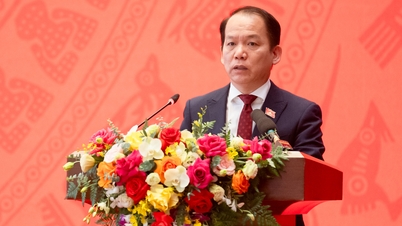

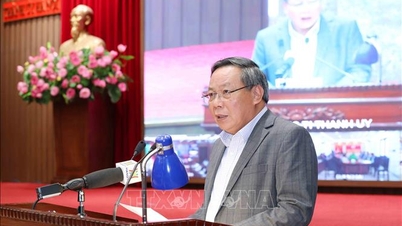







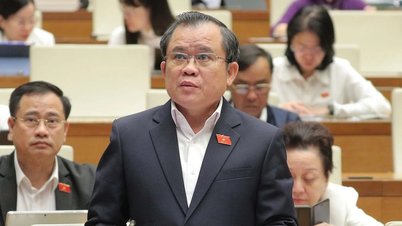






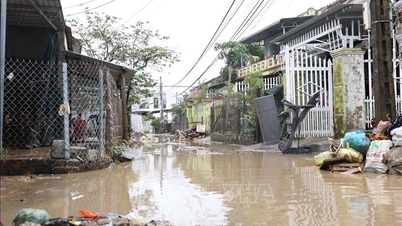








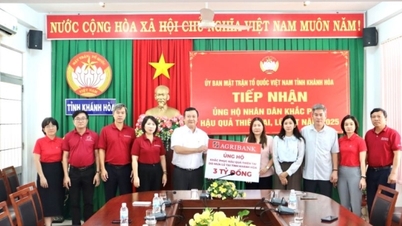

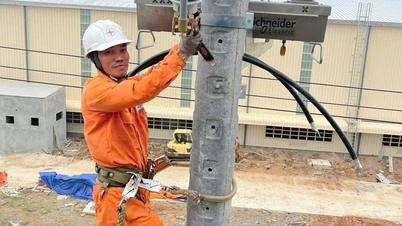
























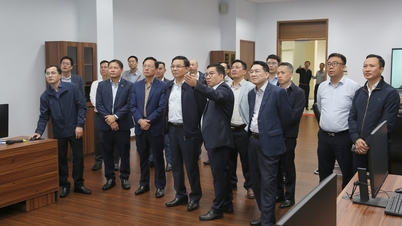















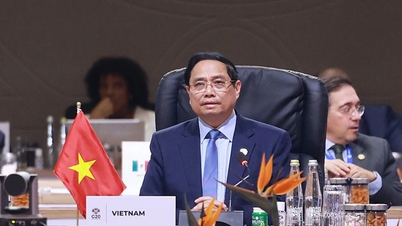














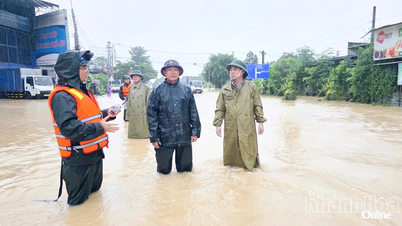















Comment (0)